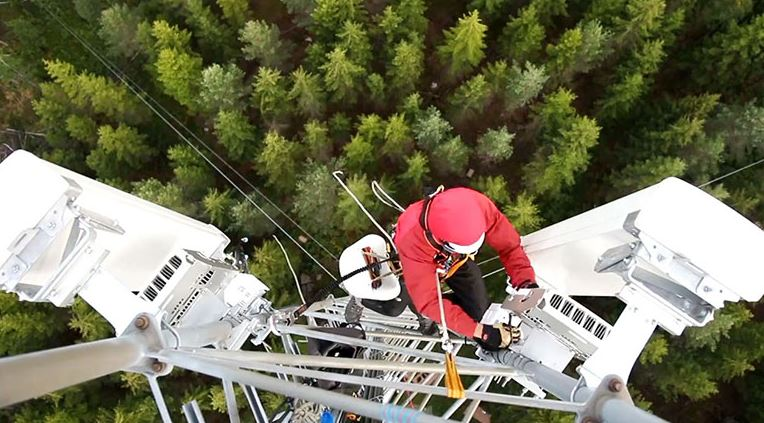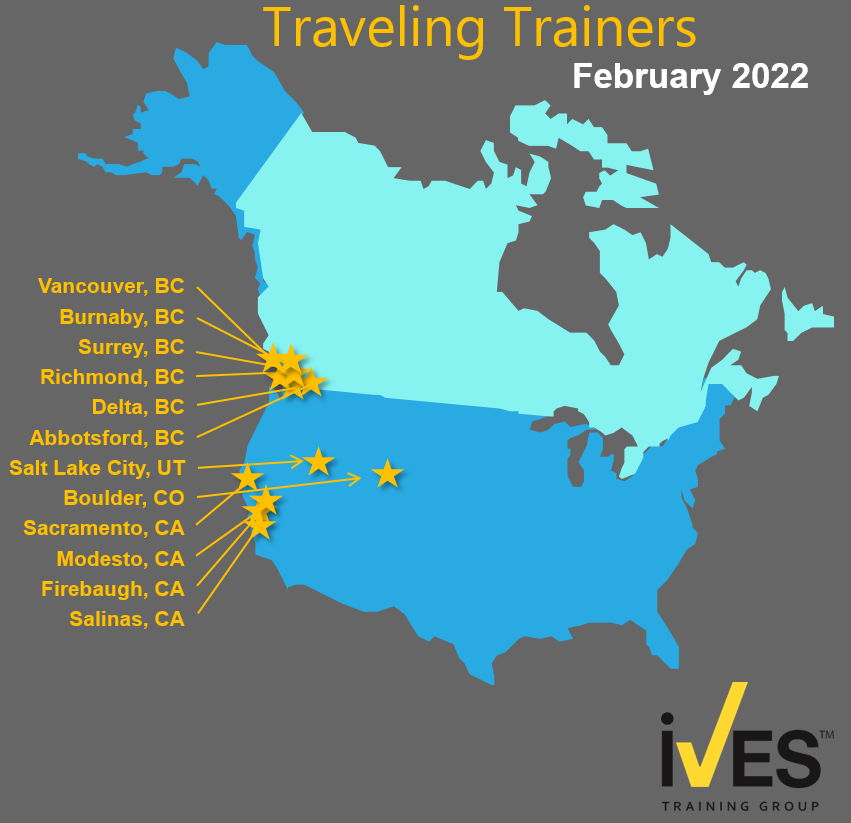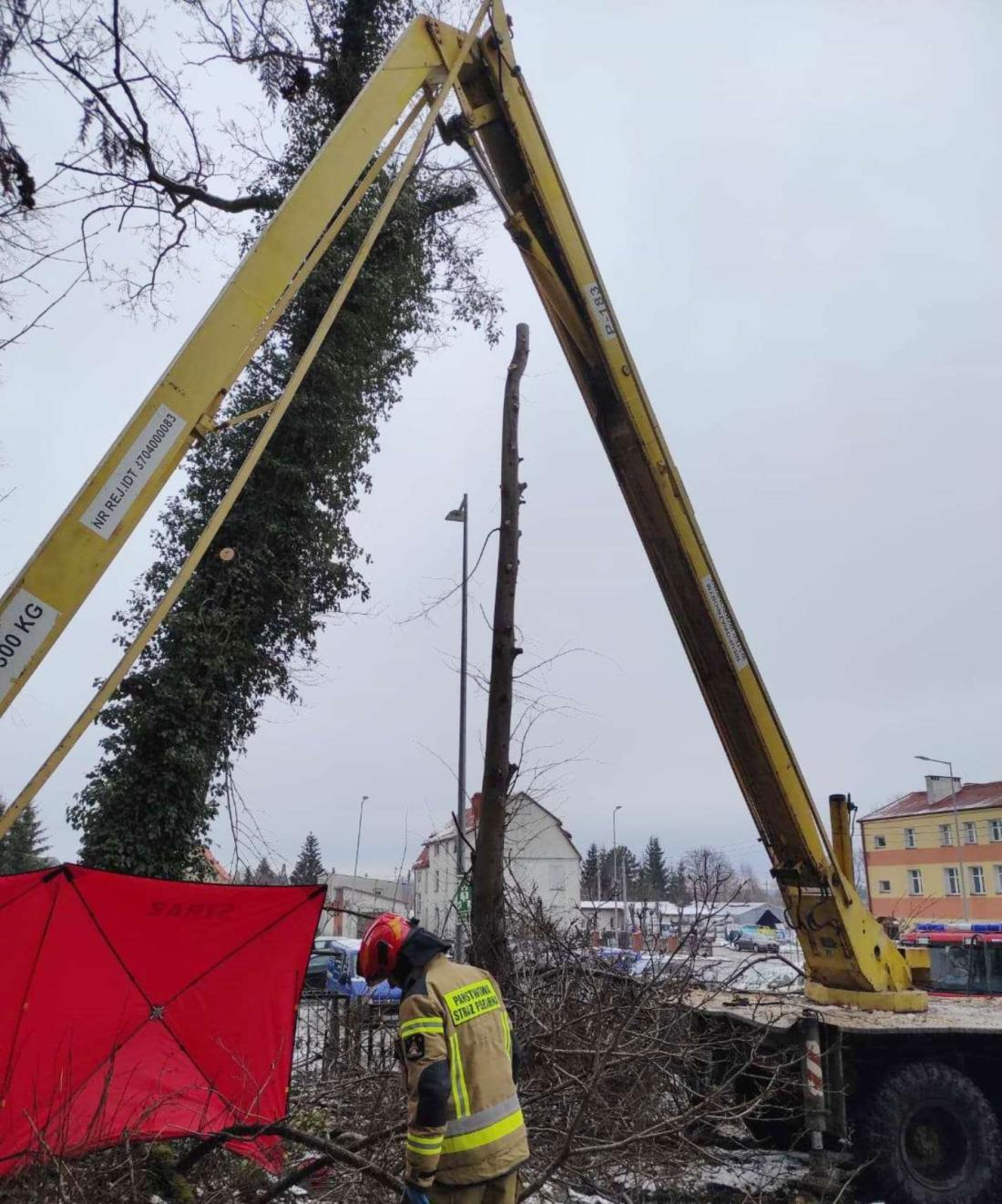
Full-body harnesses are critical elements of effective fall
protection systems. Workers must understand how to properly wear and use
full-body harnesses when operating at height.
A properly fitted and properly worn full-body harness can help prevent serious injury or death when used correctly on the job.
The recently updated
ANSI/ASSP Z359.11-2021 standard
establishes requirements for the performance, design, marking,
qualification, instruction, training, test methods, inspection use,
maintenance and removal from service of full-body harnesses.
“The
main purpose of Z359.11 is to act as a standard to drive best-in-class
harnesses through rigorous design and test requirements,” says Z359.11
subcommittee chair Rob Willis, “in addition to having requirements for
manufacturers to create an ANSI-approved full-body harness.”
Z359.11
defines a full-body harness as “a body support designed to contain the
torso and distribute the fall arrest forces over at least the upper
thighs, pelvis, chest and shoulders.”
“It’s the
piece of PPE that connects the user to the entire fall protection system
and is the most personal piece of PPE,” Willis explains.
This update to Z359.11 includes revisions and new requirements, including:
- A modified, headfirst, dynamic test procedure
- New stretch-out requirements for frontal connections
- Alternative fall arrest indicator testing and new label requirements
- Allowance for harnesses with integrated energy absorbers
- Changes to labeling requirements
In
addition, Z359.11 now requires harness label packs to have pictograms
showing the approved usage of different connections and diagrams
explaining the difference between deployed and non-deployed visual load
indicators.
Harnesses can also now be ANSI
compliant when they have an integral (permanently attached) energy
absorber on the back D-ring. The revisions to test procedures improve
the safety of lab workers and allow for innovation in design for
harnesses that use frontal connections.
“Z359.11
will give you a level of confidence that when you buy an ANSI-rated
harness, it has certain design requirements and has gone through very
rigorous testing,” Willis says. “It provides good insight into what goes
into harness designs and helps you understand the factors of safety
built into these harnesses.”
If you use full-body
harnesses on your work sites, Willis says to remember the two Fs —
function and fit. These two elements are essential to ensuring that
workers have the right harness for their task and that the harness fits
them properly.
“Safety professionals and end users
need to think about the application where the harness will be used,”
Willis explains. “There are many different applications that have
different types of harnesses, so it’s important to realize that it’s not
just one harness for all types of work.”
Specific
full-body harnesses are designed for different working environments.
For example, confined space harnesses have should be designed and
constructed so that, in the event of a rescue, the rescue subject is
securely held and suspended during the rescue process. Harnesses used in
welding operations are different, with back D-rings serving as the main
fall arrest attachment points. Willis says you may want to partner with
harness manufacturers to find the right harnesses for your
applications.
“There's a tool for every job and
harnesses are no different,” Willis continues. “The reason the
application is important is that sometimes the application will dictate
part of the harness design.”
Once you have the appropriate
harnesses for your work applications, you must ensure that those
harnesses fit workers properly. Issues can arise from improperly fitted
harnesses and create hazards.
“If I had one piece
of advice that would make the most impact across the industry, it would
be to ensure that your team has been properly fitted for a harness and
that they know how to don one,” he explains. “If someone is
uncomfortable in their PPE, they are less likely to use it and they will
be unproductive. More critically, an improperly worn harness may not
work as intended in a fall event.”
If a harness is
not worn properly, webbing could cinch up in the event of a fall and
cause bodily harm. Harnesses that aren’t properly adjusted can cause the
webbing to loosen, making the user uncomfortable and causing personal
fall limiters or self-retracting devices to fall further down a user’s
back.
Willis notes that full-body harness
manufacturers typically have sizing charts for initial guidance on
fitting based on a worker’s height and weight. He encourages end users
to try on multiple harnesses before work begins to ensure the best and
most comfortable fit.


 The prosecution came about following an HSENI
investigation into an incident which occurred in 2017 that resulted in
an employee receiving life-changing crush injuries.
The prosecution came about following an HSENI
investigation into an incident which occurred in 2017 that resulted in
an employee receiving life-changing crush injuries. Question:
Question:
 "I thoroughly enjoyed this program! It was time very well spent in my opinion." Troy, Premium Combo Train the Trainer Program
"I thoroughly enjoyed this program! It was time very well spent in my opinion." Troy, Premium Combo Train the Trainer Program